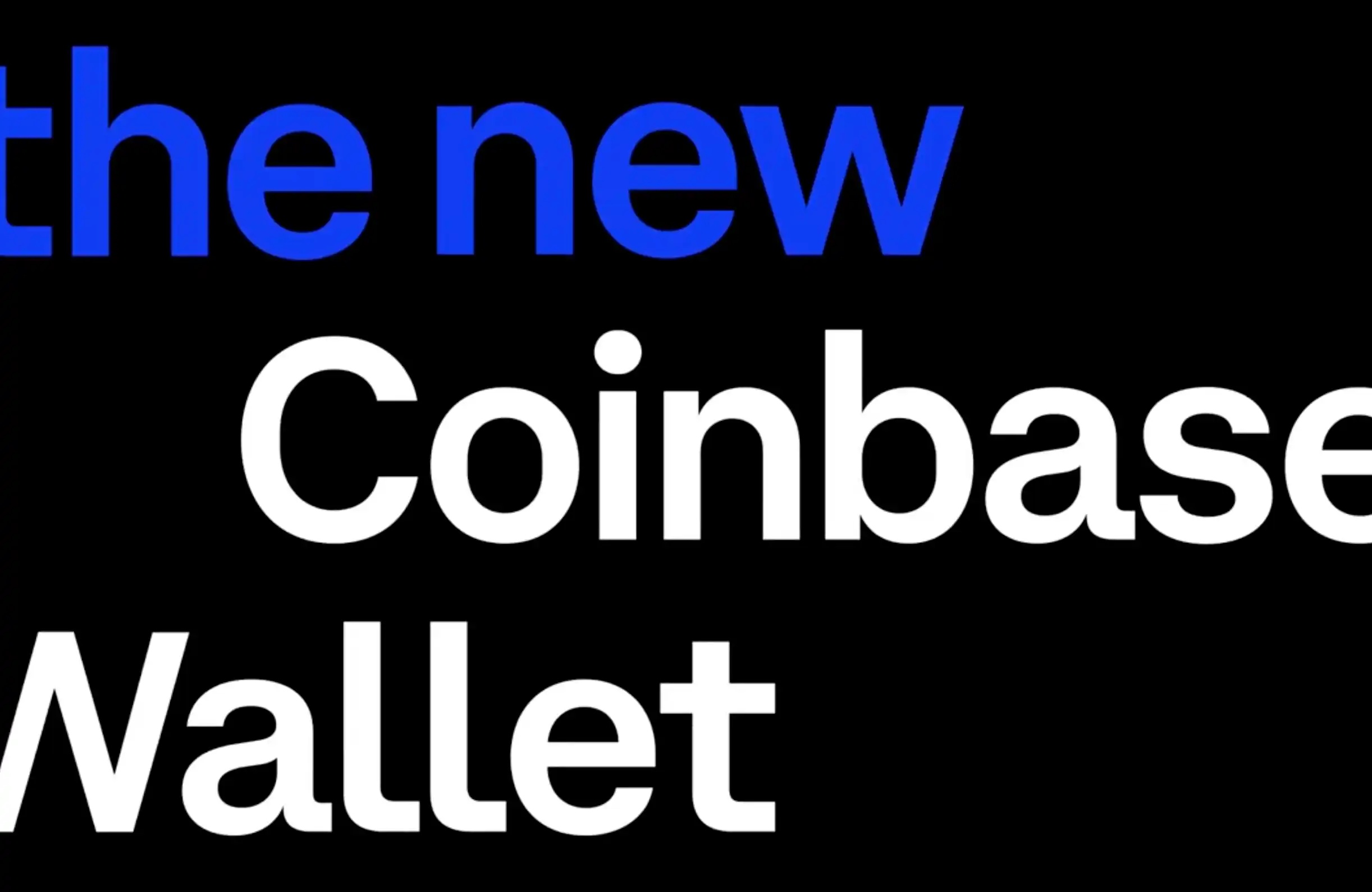From MyStonks to Backed, Why Are US Stocks in a Hurry to Tokenize?
Original Article Title: "From MyStonks to Backed, Why is the US Stock Market in a Hurry to Tokenize?"
Original Source: Nomos Labs
From MyStonks to Backed, Why is the US Stock Market in a Hurry to Tokenize?
The tokenization of the US stock market is rapidly becoming the focus of the global blockchain market in 2025 at an unexpected pace. According to RWA.xyz data, the current market capitalization of tokenized stocks is $4.22 billion, with 50,000 addresses holding tokenized stocks, representing an almost 2000% surge compared to 30 days ago.
If you have recently paid attention to platforms like MyStonks, Backed, Kraken, or even traded on Web3 platforms like Gate.io, Bybit, you have probably noticed that traditional US stock market stars like Apple, Tesla, NVIDIA have been swiftly brought onto the blockchain, no longer restricted to Wall Street's trading windows, but circulating 24/7 globally among investors. In this urgent wave of tokenization, it is not only a technological breakthrough but also the inevitable result of market demand and regulatory loosening, accelerating the transformation of the global investment landscape.

1. The Sudden Acceleration in 2025: Why Did the US Stock Market Start to Migrate to the Blockchain?
The concept of blockchain has not been first combined with traditional finance, but why has the tokenization of the US stock market entered a period of explosive growth in 2025? Technological advancements, market demand, regulatory relaxation, and capital logic have all contributed to the underlying driving force of this trend.
Firstly, technological bottlenecks have been gradually overcome. After years of development, mainstream public blockchains such as Ethereum, Solana have the capability to support large-scale asset tokenization. Ethereum provides the ERC-20 standard to ensure on-chain compatibility, while Solana has become a popular choice for exchanges like Kraken, Bybit due to its high throughput and low cost. Meanwhile, the gradual maturation of cross-chain bridges (e.g., Wormhole) and decentralized identity verification (DID) mechanisms have lowered the barriers for traditional assets to enter the blockchain.
More importantly, in 2025, the global market, especially investors from emerging economies, have an unprecedented enthusiasm for investing in US stocks. However, traditional US stock trading channels have high barriers for overseas investors: complex account opening procedures, high fees, and limited trading hours, significantly hindering foreign capital inflows. On-chain US stocks completely bypass the traditional account opening and trading process, allowing global users to easily use stablecoins to directly participate in US asset investment transactions. This 24/7, low-threshold, low-cost investment channel quickly meets the long-suppressed global market demand.
A deeper driver comes from the US dollar's global layout strategy. The stablecoin market has generated a transaction volume of $27.6 trillion in 2024, surpassing even Visa and Mastercard. The tokenization of US stocks is providing a new value flow path for US dollar stablecoins, becoming another hidden channel for the global inflow of US capital. The on-chain nature of US stocks, seemingly a financial innovation, is deeply intertwined with the US dollar's internationalization strategy. Using stablecoins and on-chain US stocks as tools, US financial institutions and regulatory bodies are attracting global capital to US dollar assets in a more flexible manner.

Image Source: Zhongguancun Internet Finance Research Institute
From technological feasibility to global capital flow, and then to the US dollar's financial hegemony strategy, the acceleration of US stock tokenization is not a coincidence but a long-planned financial ecosystem redesign. The on-chain "Apple" and "Tesla" are not merely digital replicas of traditional stocks but rather a structural change in the rules of the global capital game.
However, the explosion of on-chain US stocks is only a surface phenomenon. Behind this rush for tokenization, the real orchestrators are the trading platforms and tokenization platforms engaged in a strategic game.
II. The Rise of On-Chain US Stocks: The True Driving Force of Trading Platforms
The rapid development of on-chain US stocks is not the active choice of the US stock market itself but the strategic result driven by on-chain asset platforms and trading platforms. From MyStonks to Backed and then to Kraken, the rise of these platforms all highlights the different demands and games of various market participants.
For professional asset tokenization platforms (such as Backed, MyStonks), on-chain US stocks signify new business models and regulatory arbitrage space. For example, Backed, through partnerships with Interactive Brokers and the European custody agency Clearstream, can bypass the blurry regulatory zone of the US Securities and Exchange Commission (SEC), compliantly custody actual US stock assets in Europe in tokenized form, and globally sell them through the on-chain platform. This model not only reduces regulatory compliance costs but also opens up more flexible investment channels for global users.
Meanwhile, MyStonks has chosen a more decentralized path, developing an on-chain asset model based on ERC-20 and NFT standards, complemented by Fidelity's asset custody, emphasizing DID identity verification and transparency, attempting to build a new bridge between decentralized finance (DeFi) and the traditional securities market.

Participation by exchanges such as Kraken seems more like capturing the next narrative wave: by introducing US stock tokens to expand the trading category, enhance user stickiness, and reduce the risk of user asset flow to traditional financial institutions. This participation strategy is not only a natural extension of business expansion, but also reflects the high expectations of on-chain trading platforms for "real-world asset access to Web3."
This multi-party driving force has ultimately led to an accelerating competition in "on-chain US stocks." The mutual cooperation and competition between trading platforms and asset tokenization platforms have jointly shaped the phenomenon of US stock tokenization in 2025, laying the groundwork for the evolution of the next stage of the US stock tokenization ecosystem.
3. Explorers of Different Paths Trying to Answer How US Stocks Should be Tokenized on-chain
MyStonks takes the most "native" approach. It turns stocks into NFTs and ERC-20 tokens that circulate on-chain via the Ethereum network. It also integrates a DID identity system, attempting to protect privacy while meeting compliance requirements. On MyStonks, users can not only trade stock tokens but also "own" them, just like a USDC in your wallet. However, this model also brings an age-old issue: the liquidity and composability of NFTs are always limited, and on-chain transaction efficiency and user experience are still in the early stages.

Backed takes a completely different approach. It is more like an extension of a compliant financial institution, custodying real US stocks in a European-regulated securities system and then issuing 1:1 anchored tokens. These tokens can be traded on-chain, but the core assets, rather than belonging to users, are more like held by the platform. Backed's value lies in lowering the barrier for traditional institutions to participate in Web3. However, under this model, users still have limited control over assets and it is difficult to avoid the inherent issue of "trust intermediary."
Kraken, on the other hand, positions itself as an "interface platform," without a proprietary token model. Instead, it directly integrates existing token products like Backed's, providing traditional users with a familiar interface and convenient trading experience while maintaining basic compatibility with on-chain assets. Although this approach lowers the user barrier, it also means that its on-chain properties are weaker and still rely more on the platform's credibility.
These three models emphasize different things: MyStonks emphasizes "assets owned by users," Backed emphasizes "truly trusted assets," and Kraken emphasizes "convenient trading." They are three paths, each attempting to answer a common question: Can core assets of traditional finance also have their own "universal representation" on-chain like USDT?
Behind this is not actually a dispute over technical routes, but a design problem of "who trusts whom": Do users trust the code? Trust the platform? Or trust the brokers and custodians behind the scenes? These three are using different answers to participate in an experiment of future standards.
IV. Trends and Impact: How is Tokenized Stock Reshaping Financial Dynamics?
Tokenized stock is changing more than just the method of trading.
The most immediate change is that it has transformed stocks that could only be traded during U.S. stock market hours into assets that can be bought and sold 24 hours a day. Whether it's early morning in New York or late night in East Asia, users can place orders, match, and execute trades. U.S. stocks no longer belong only to "U.S. daytime" but have become globally traded assets that operate around the clock.
A bigger change is that it allows ordinary global users to "buy U.S. stocks" directly for the first time. In the past, to invest in stocks like Tesla or Apple, one had to open a U.S. stock account, exchange currency, pass compliance thresholds, and now, with only stablecoins, it can be done in one step. Cross-border investment has transitioned from a complex process to a simple wallet operation.
For DeFi, what tokenized stock brings is not just a new asset class, but the first actual entry of real-world financial assets into blockchain. These tokens have real business support and cash flow, allowing direct participation in liquidity pools, lending, and even derivative design. DeFi thus gains a credit foundation tied to real-world assets.

Image Source: Tokenization of U.S. Stocks advocated by Project Open
These assets entering DeFi are no longer merely "digital currencies" in an abstract sense but are operational financial instruments with stable valuation anchors and regulatory endorsements. They can be combined, collateralized, split, and repackaged to gradually build a more matured on-chain financial ecosystem.
So when we ask "Why is the rush to tokenize U.S. stocks?" what we may see is a wave of opportunity, a trend. But if we dig deeper, what we see is the reassertion of dollar-denominated assets in global liquidity, the proactive alignment of crypto platforms with the real-world credit system, and another milestone where blockchain breaks through dimensional barriers.
Conclusion
From MyStonks to Backed to Kraken, seemingly three different product offerings actually reflect blockchain's strong desire for real-world assets. Over the past few years, we have witnessed how stablecoins have become a new vehicle for the U.S. dollar, and now, tokenized U.S. stocks are also walking down the same path—not to replicate traditional finance but to introduce a more trusted, familiar, and liquid asset anchor to the on-chain market. This is why we say that the urgency of tokenizing U.S. stocks is not because U.S. stocks themselves are so anxious, but because the on-chain market truly needs a more stable, genuine, and easily understood tangible asset.
This trend of tokenization may seem like the tokenization of traditional assets on the surface, but it is actually Web3 actively seeking an asset logic that can support transactions, liquidity, and user trust. Especially in the current environment where the native assets of crypto exhibit high volatility and the growth of DeFi TVL is slowing down, US stocks, as "high-quality assets in the real world," have been rapidly introduced into the Web3 ecosystem. They have become a traffic tool for trading platforms to compete for and have become the starting point of a new narrative. From 24/7 trading to cross-border investments bypassing brokers, and to stablecoins serving as settlement channels, the changes brought about by the tokenization of US stocks have long transcended the products themselves.
Welcome to join the official BlockBeats community:
Telegram Subscription Group: https://t.me/theblockbeats
Telegram Discussion Group: https://t.me/BlockBeats_App
Official Twitter Account: https://twitter.com/BlockBeatsAsia
 Forum
Forum OPRR
OPRR Finance
Finance
 Specials
Specials
 On-chain Eco
On-chain Eco
 Entry
Entry
 Podcasts
Podcasts
 Activities
Activities








